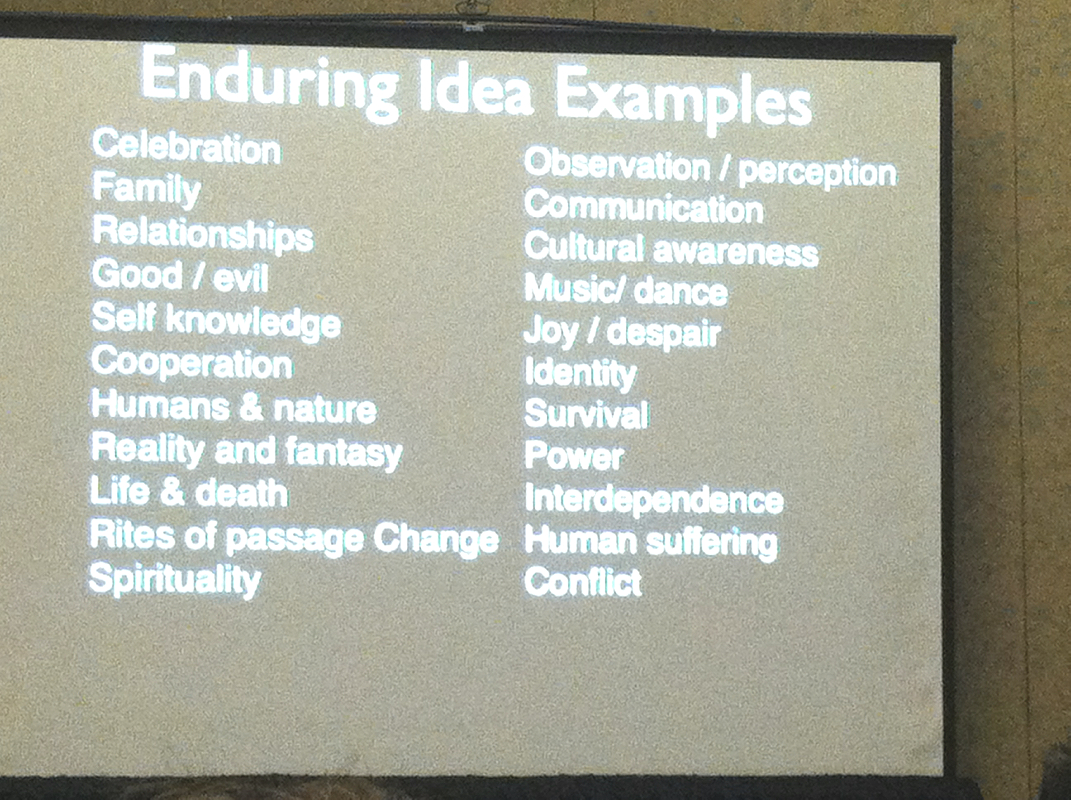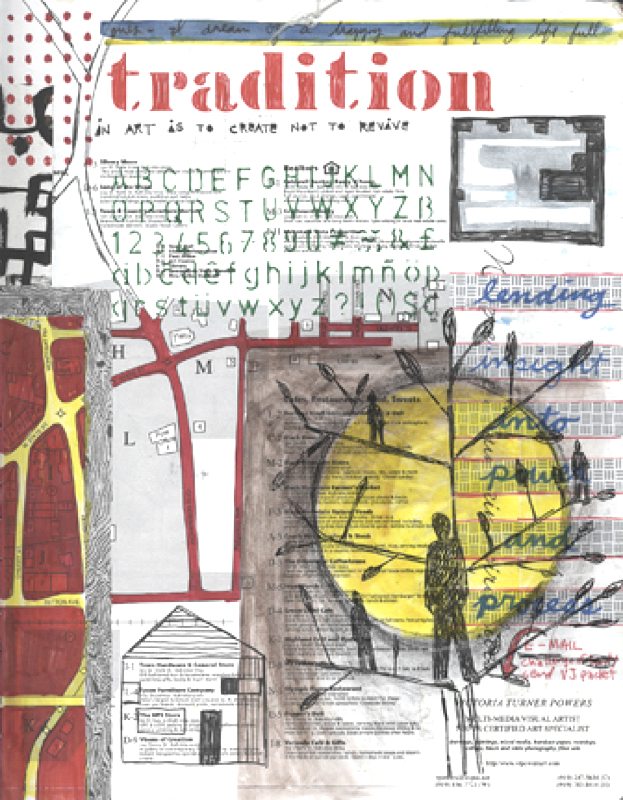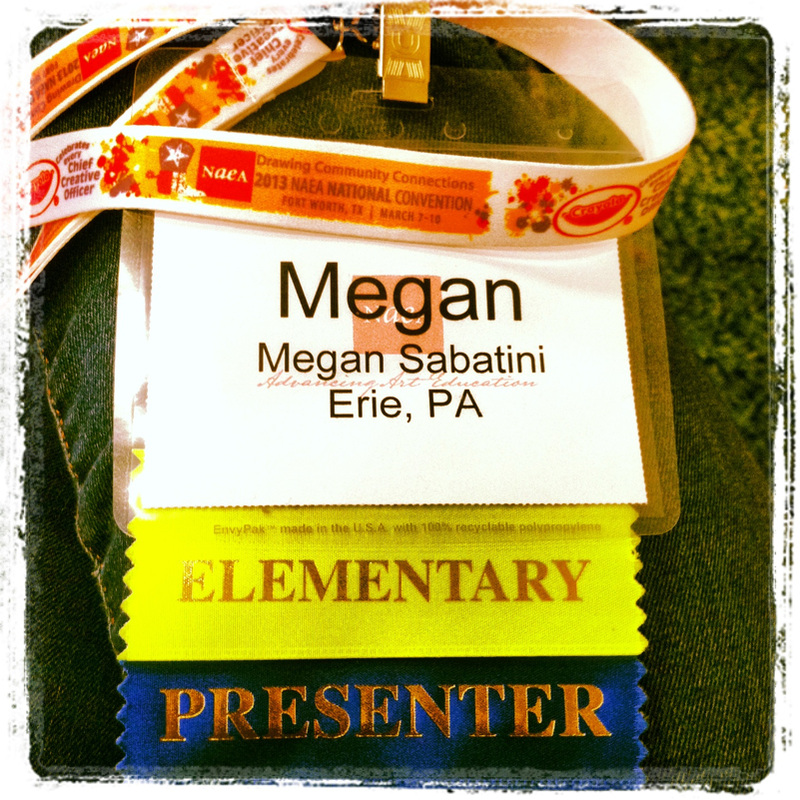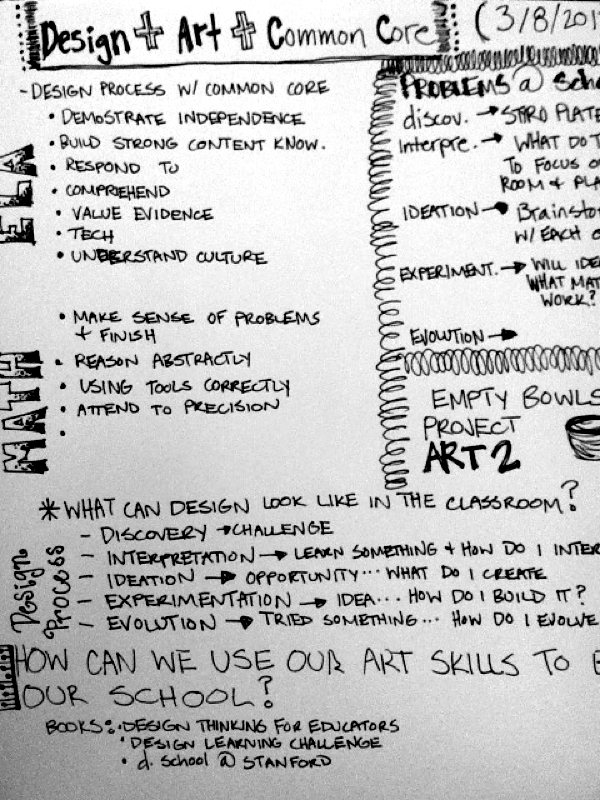|
Enduring ideas or big ideas allow all ideas to be bridge together across disciplines. These big ideas provide more meaning to Art making. Assessments of knowledge through personal artwork are great at showing what a student understands. Students are essentially drawing/creating understanding. Asking yourself - what does the student need and what feels right for the class are imperative. The video segment below is of fourth graders from ac Moore elementary school in South Carolina showing change with dance behind a shadow screen
0 Comments
Visual journals promote authentic art making. David Modler and Eric Fowler are the authors of Journal Junkies (journalfodderjunkies.com) definitely worth checking out. Visual journals can be interdisciplinary and used by all!
I was honored to be asked by Dr. Judith Simpson and professor Diana Hampe of Boston University College of Fine arts to present the place based units that I designed and taught at UC elem. Today's presentation was fantastic! Megan Leary-Crist, a colleague and fellow graduate of BU, co-presented with me about her community based high school units implemented in Newton, a suburb of Boston. Our units are published on the National art education association website archives, where they will remain. I am so very proud of my union city students and their hard work during the "creating a sense of place" mural project! See the blog post from August 2012 for more information about this project.
Alison Crane, a middle school teacher in Overland Park Kansas discussed ways that ELA and Math standards connect naturally to the design process for all ages. The design process helps students to work collaboratively and efficiently to conquer performance tasks that better the school. ELA standards address collaborating, demonstrating independence, building on the ideas of others, evaluating a point of view, constructing arguments, and presenting information clearly in written form. Math standards address making sense of problems, precision, measurements, and reasoning abstractly.
Students used the design process model of discovery, interpretation, ideation, experimentation, and evolution. Alison's students were given the task to change the styrofoam trays used during lunch into something better for the students and the environment. Performance tasks of this type increase independence and confidence in the art room while engaging in problem solving in an interdisciplinary way. Teachers can ask students what art skills can be used to benefit the school? How can art benefit others? Students can vote on ideas and then defend them with clear arguments. |




 RSS Feed
RSS Feed
